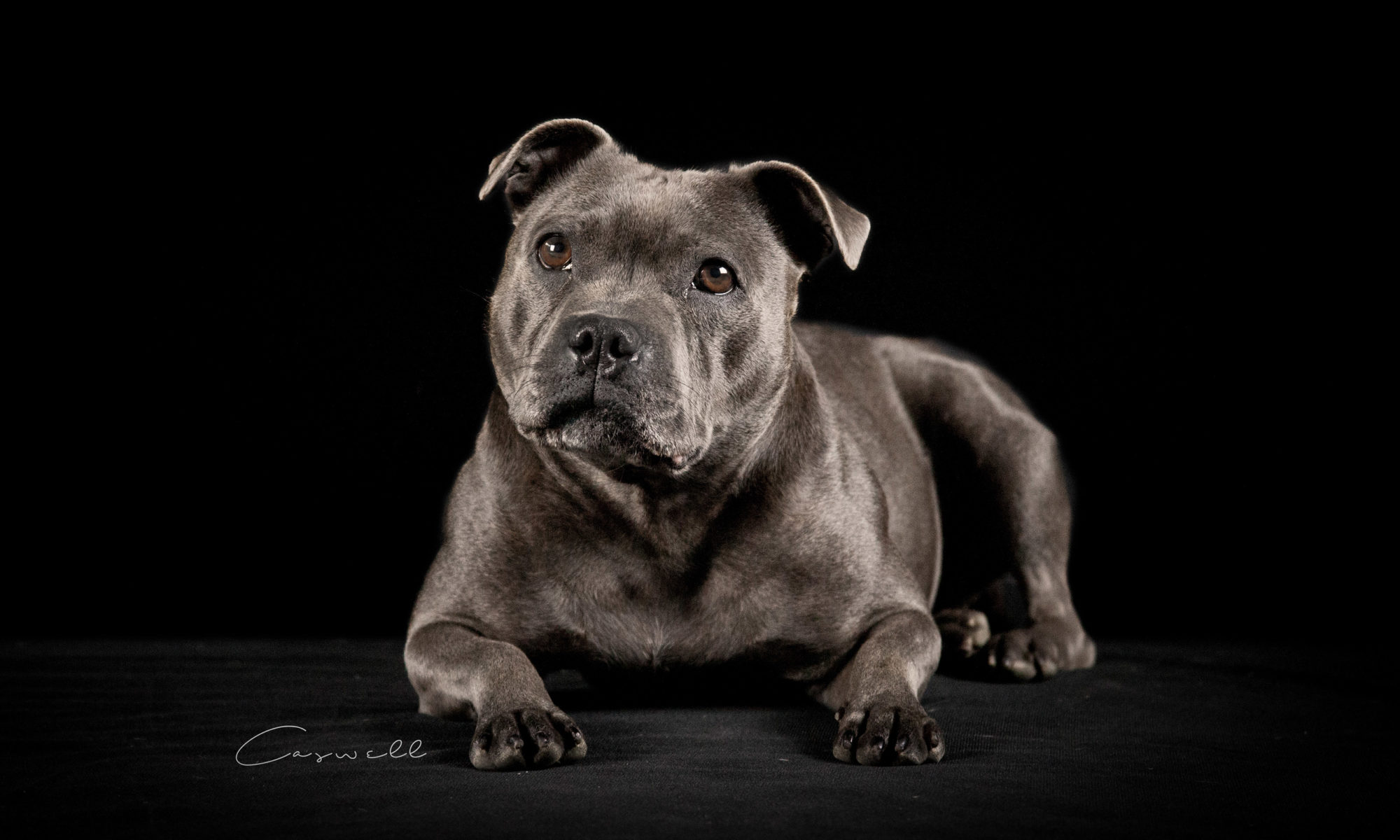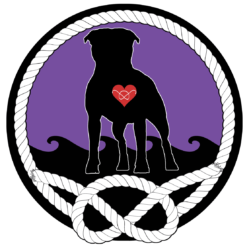Once you choose to get a dog from a breeder, it’s helpful to arm yourself with facts so you understand the cost of raising a litter of responsibly bred puppies.
The price varies from program to program, but paying more money for a puppy that comes from a thorough and ethical breeding program can help save costs down the line. Additionally, it’s important to support reputable breeders in order to weed out puppy mills, scams, and irresponsible programs. Not only will you ensure the health and safety of your own puppy, you’ll be supporting an ethical program that truly cares about the well-being of their dogs.
The expenses can add up quickly for a reputable breeder — the average cost of a responsibly bred litter is nearly $16,000. That number can fluctuate, but being a responsible breeder takes a great deal of money, energy, and time. Many breeders begin by traveling to AKC events where the quality of their dogs is ascertained; this process can range anywhere from $3,000 to $8,000.
Following that, stud services can cost up to $1,500 if breeders don’t have a stud of their own. This can also involve travel, overnight stay in hotels, gas, meals, driving, flying, or semen collection. Collectively, this entire process can add up to $4,500. Factor in that many breeders are taking time off of work to travel to a stud or take their bitch to the vet, and those lost wages can max out at $1,200.
A great deal of maintenance is required to make sure the mother of the puppies is comfortable and in good health. OFA and CERF certifications for health can cost around $430 for each prospective dam that will produce puppies. Getting several progesterone tests done is essential as well so the breeder can pinpoint the accuracy of their timing for conception — these tests average out around $400.
Regular health checks are required for the bitch as well, in addition to a Brucellosis test. Brucellosis is a disease that can affect all kinds of dogs and livestock — it can even be transferred from dogs to humans. Signs of the disease are late term abortion, still births, and conception failures. It cannot be overstated how important it is to test both dogs, male and female, for this disease before beginning to breed them. This test, along with a health check, can cost anywhere from $80 to $175.
If implantation or insemination is needed after collecting sperm, this can cost up to $1,000. An ultrasound will be needed soon after all these steps are taken to check in on the status of the pregnancy, which can max out at around $150.
Considering all goes well with the first attempt at breeding, implantation, or insemination, the total cost of breeding before the litter even arrives averages out at nearly $10,500.
In anticipation for the puppies’ arrival, a breeder will have to accumulate all the necessary supplies — including things like a heat mat, siphon bulb, clamps, heat milk, and a whelping box. The cost of this kind of preparation averages out at about $150 as well.
Throughout the pregnancy, breeders invest in extra food, prenatal vitamins, and x-rays to confirm the pregnancy — all of which average out at around $250. The actual cost of birthing can get up to $3,000 depending on whether or not there are complications or if a c-section has to be done.
Once the puppies arrive, AKC litter registrations are $25 initially and then $2 per puppy. Premium food for the nursing mom and weaned puppies who are starting on solid food will cost nearly $600. Essential vet visits for the puppies can add up quickly as well — worming puppies costs around $250 when you factor in stool samples and medication. Shots for Parvo, distemper, and a regular vet visit will land around $400 depending on how many puppies are in the litter.
Additionally, puppy care packages with food, collars, and toys for new owners to take home can land around $160.
Other costs include emergency vet visits, missing work to deliver the puppies, replacing puppy toys and towels, home destruction, utility costs for added laundry and heating, communication with new buyers, and the 24/7 job of looking after a dam and her puppies — all of this can accumulate to nearly $1,600.
Ultimately, the total cost of responsibly breeding a litter of puppies can range anywhere from $7,700 to $23,900. Although it’s an expensive and time consuming undertaking, the energy and thoughtfulness reputable breeders put into their puppies is the foundation of what will be a better world for dogs.
It’s important to note that a high price tag does not always equate to a responsibly bred puppy — scammers, puppy mills, and backyard breeders come in all kinds of sizes and prices. This is why it’s key to make sure you’re connecting with a good source and communicate at length with your potential breeder. At the end of the day, investing a little more money into your puppy now could save you both in the future — and you’ll be supporting a breeder that pours a great deal of money, energy, time, and love into each puppy that comes out of their program.
Article courtesy of good dog.com

